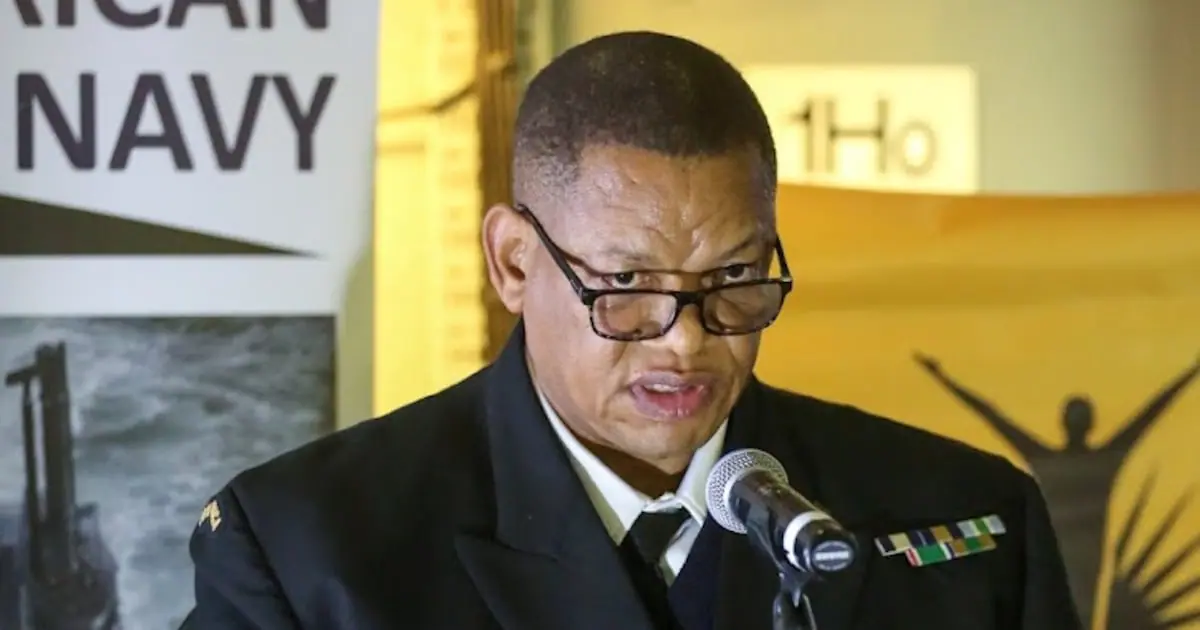Summary
The policy brief examines the evolving maritime security landscape in Southeast Asia amidst intensifying geopolitical competition, particularly involving China and the United States. Southeast Asia, strategically positioned in the Indo-Pacific, is increasingly becoming the focal point of these tensions, with issues like gray zone coercion from China impacting the maritime order. As the region accounts for about a third of global trade through critical waterways like the Malacca Straits, the dynamics at play here hold significant implications for U.S. interests and broader global security.
Key Arguments
-
Complex Maritime Challenges:
Southeast Asian governments are confronted with a broad array of maritime issues due to heightened major power competition. These challenges can be analyzed across six domains: political, economic, social, technological, legal, and environmental (PESTLE), with notable concerns including subsea cable security, sustainable management of marine resources, and maritime disputes. -
Challenging Dynamics:
The increased strategic competition results in five primary dynamics:- Capacity: Countries are struggling to enhance their maritime enforcement and awareness capabilities amid growing threats from state and non-state actors.
- Coordination: Coordination among Southeast Asian nations is challenging, particularly concerning subsea cable maintenance and security.
- Complexity: The introduction of cyber threats complicates maritime security; cyberattacks on shipping and port systems have surged, necessitating a robust response.
- Calibration: A heightened focus on geopolitical issues risks sidelining non-traditional security challenges within ASEAN’s agenda.
- Contestation: Conflicting maritime claims, particularly in the South China Sea, add to internal divisions among Southeast Asian states, complicating diplomatic efforts and trust.
-
Building an Open Maritime Order:
There is significant potential for cooperation among regional states and key external powers like the U.S. and its allies to foster a shared vision of an open maritime order. Key areas for collaboration include improving underwater domain awareness, developing critical maritime infrastructure, and enhancing economic security.
Historical Context and Trends
The maritime security discourse in Southeast Asia has evolved over decades. Beginning with the decolonization post-World War II, the region has navigated Cold War dynamics, piracy, and terrorism. Significant events like the 2004 Indian Ocean tsunami catalyzed new partnerships and frameworks. The post-Cold War period broadened the definition of maritime security, addressing emerging concerns from environmental issues to technological advancements.
Strategic Recommendations
The brief advocates for several actions:
-
Advance Underwater Domain Awareness: Enhance regional initiatives on underwater security, including protocols for law enforcement and collaborative solutions for submarine safety.
-
Cultivate a Blue Economy: Develop sustainable approaches connecting maritime activities to national growth and global fisheries management.
-
Accelerate Management of Maritime Disputes: Address bilateral disputes swiftly while strengthening resource management among claimant states in contested waters.
-
Strengthen Maritime Domain Awareness: Facilitate regional capacity-building for maritime surveillance technology while ensuring compatibility across nations.
-
Deepen Critical Maritime Infrastructure Cooperation: Strengthen ties around maritime infrastructure, with an emphasis on comprehensive security and resilience.
-
Enhance Regional Connections: Foster inclusive connections between Southeast Asia’s priorities and broader Indo-Pacific initiatives, creating cohesive strategies that integrate various national agendas.
In conclusion, as Southeast Asia grapples with increased geopolitical tensions and diverse maritime issues, collaborative action is essential for navigating this complex landscape, improving regional security, and ensuring sustainable economic development.




